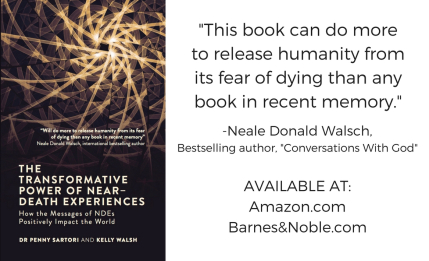Download links for: Time Reborn From the Crisis in Physics to the future


Reviews (see all)
Write review
The hypotheses the author puts forth are not believable. (Yes, I understood them.)
Just skimmed it. Had some interesting points. I wasn't in the right mood, I guess.
Some interesting ideas marred by astonishingly sloppy reasoning.
Leibniz lives on.
:)
Other books by History & Biography
Other books by Lee Smolin
Related articles












